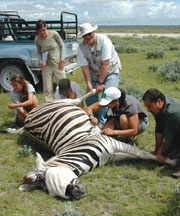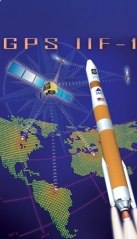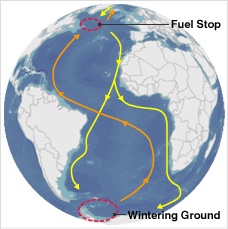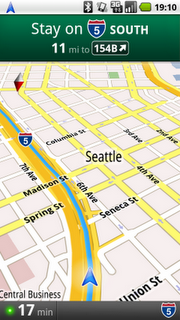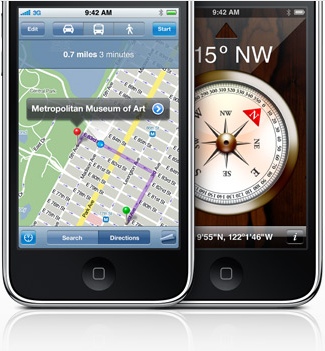New GPS/GLONASS Base Station installed on UC Berkeley campus. Happy geo-locationing!
/California Surveying and Drafting recently installed a GPS/GLONASS base station antenna on McCone Hall and to reciprocate they’re allowing Berkeley researchers to use the real-time correction signal for free. This could be useful for anyone doing research in California with access to a mapping-grade or survey-grade GNSS unit such as a Trimble Geoexplorer. You’ll need to tether your Trimble to a strong 3G/4G wifi signal (for example from your cell phone) so this approach will only work in regions with cellular reception.
Initial tests show under 5cm of error with a Trimble GeoXH 6000 unit on campus. Thanks Nico!


